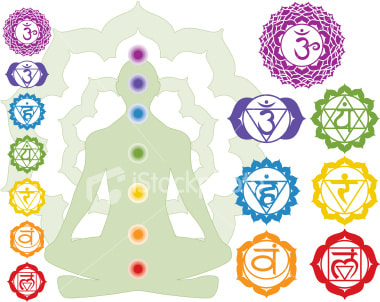|
Bija Akshara Mantra
A japa of a mantra. A mantra has a rishi who gave it to the world, a meter, which governs the inflection of the voice and a devata, or supernatural being higher or lower, as its informing power. The bija, seed is a significant word or series of words, which gives it a special power. In Kaliyuga, japa is the easiest way to the realization of God. The mode of repetition of a mantra with feeling and in a particular manner, a definite number of times, with right observances, until a fixed number of japa is reached, in order to obtain substantial benefit out of the mantra, is called purashcarana. The practitioner has to observe certain rules and regulations in regard to purashcarana and has to undergo a perfect dietetic discipline, also in accordance wth those injunctions. The mantra when it is mentally recited in this manner will bring to the sadhaka all that he desires within its jurisdiction (provided it is spiritual and for the welfare of humanity). The sadhaka should sit facing either the east or north, during japa. During nights, he must face north. Padma, siddha, swastika, sukha or vir asana is recommended for japa. Cotton cloth, silk, deer skin or tiger skin most preferred should be used as seat, which will bring saubhagya, jnana and early siddhi. It should be borne in mind, that japa done during the time of solar or lunar eclipses will produce a tremendous effect and hence, this rara opportunity should not be missed by anybody, whenever it offers itself. During the six seasons of the year, one should perform japa, before noon, at noon, after noon, at midnight, in the early morning and in the evening respectively. The japa of amantra reduces the force of sankalpa. It attenuates the mind. The mind becomes thread-like (state of tanumanasi), the third Bhumika or stage of jnana). It fills the mind with sattva guna, peace, purity and strength. It develops the will-force. Suka, Sanaka and preferred sages, endowed with great powers of Yoga, enjoyed the Bliss of the supreme by the power of nama. Narada, Prahlada, Sri Hanuman, Sri Sita Devi, Ajamila, Gajendra, Ganika etc. attained moksha by the efficacy of the Divine name. Japa is a very great purifier. It checks the force of the thoughts current moving towards objects. It forces the mind towards God, towards the attainment of the Eternal. Japa eventually helps in obtaining darshan of God. Japa regulates the unsteady vibrations of five sheaths. Japa changes the mind-stuff from worldliness to spirituality, from rajas and activity to sattva and illumination. Bija Akshara: Seed Sanskrit syllables (bijakṣara) are the quintessence of mantra, containing infinite meaning in a single syllable. Regular chanting of beej mantra in the prescribed way can help enhance the spiritual powers of people and enable them see the true light in front of them leading their journeys. Like a seed transform from a tiny speck into a mature, complex plant, these simple-sound seeds within us form the foundation of mighty growth and spiritual evolution. Mantras harnesses the mind in order to connect with the inner self and, thus, the divine. Chants of mantras create thought-energy waves, and the organism vibrates in tune with the energy and spiritual appeal of a chant. Scientists say that when a mantra is chanted rhythmically, it creates a neuro-linguistic effect. Such an effect occurs even if the meaning of the mantra is not known. Some bija mantras are made up of compound letters, such as the mantra Hrim. The bijas of the mahabhutas or elements i.e., of the devata or the presiding intelligence of the elements, viz. ether, air, fire, water and earth, are respectively Ham, Yam, Ram, Vam and Lam. Panchadasi or panchasakshari mantra is of 15 letters. Shodashi or Sodasakshari mantra is of 16 letters.
Reference: Voice of Babaji – by V T Neelakantan, S A A Ramaiah, Babaji Nagaraj
0 Comments
Leave a Reply. |
Archives
July 2024
Categories |

 RSS Feed
RSS Feed